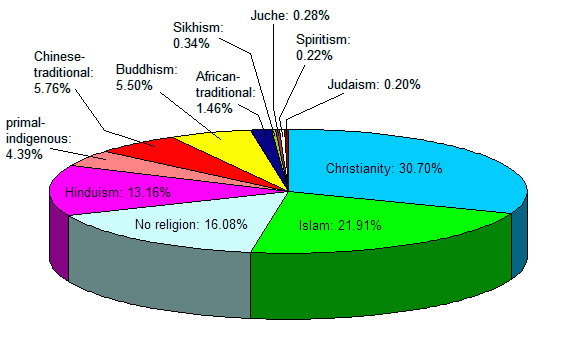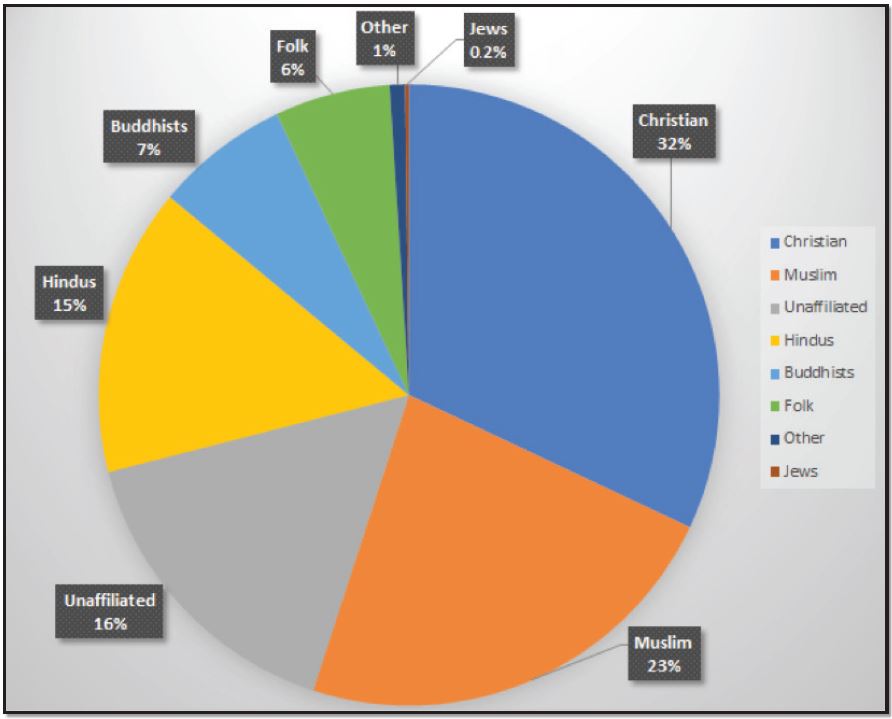

Germany, for example, predicted a Muslim population of 21 percent while the actual Muslim population was four percent.

This overestimation of the Muslim population is in line with the rest of Europe. In 2018, the Dutch population believed that 20 percent of the population was Muslim, even though only five percent were Muslim. In Colombia, the percentage of people who identified as Catholic actually increased by 15 percentage points between 19. It shows, therefore, that some religions see significantly higher participation rates despite a lower percentage identifying with it.ĭoes the percentage of Muslims in the Netherlands align with the perceived percentage of Muslims? The highest participation rate is in the group 'other' with four percent, despite only 10 percent identifying in those religions. the source quoted below shows 372MM Buddhists living in entire. The most prominent religious group, the Roman Catholics, only saw a participation of three percent, the same as those identifying with the Protestant Church, despite only six percent identifying with that denomination. English: These percentages seem contradictory to sources referenced in WP elsewhere. The fourth most widely practiced religion is Buddhism, with approximately 500 million followers worldwide and more than 250 million in China alone. The percentage of people in the Netherlands who participate in a religion is not necessarily the same as that of people who identify with a religion. The percentage of people who identify as Muslim has remained the same at five percent over the years.ĭo the people who identify with a religion always participate? In 2021, 14 percent of the Dutch population considered themselves a member of the three main protestant churches, the Dutch Reformed Church, the Protestant Church in the Netherlands, and the Reformed Churches in the Netherlands. The largest changes in the religious affiliation of the population in City. The largest religious group in 2021 was the Roman Catholic group, with 18 percent of Dutch people identifying as Roman Catholic. A smaller percentage who nominated Hinduism (1.8 compared to 4.8). Generally speaking, Buddhism, Christianity, Hinduism, Islam, and Judaism are considered the five major world religions, although Sikhism, Shintoism, or Taoism may also be studied in this field. Between 20 in the Netherlands, the percentage of people who do not identify with any religion increased from 45 percent to 57 percent.


 0 kommentar(er)
0 kommentar(er)
